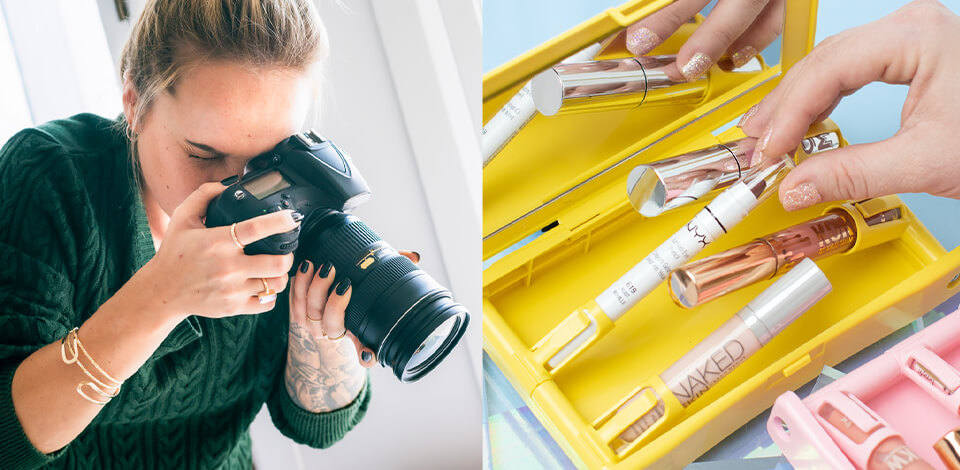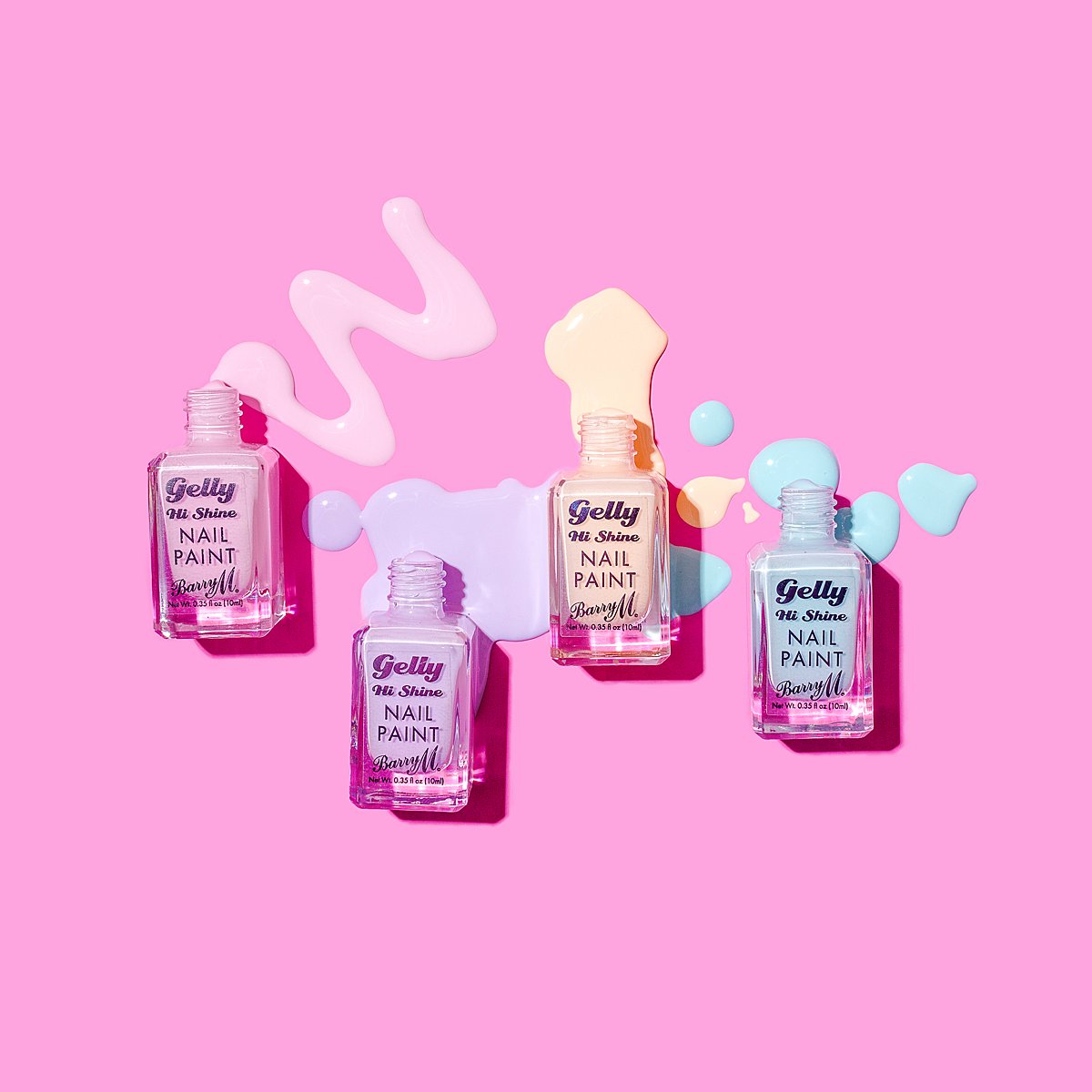
If traditional university studying isn’t for you, there is a great alternative. Nowadays, many aspiring photographers decide to attend product photography classes in order to acquire all the desired skills and become true professionals with a long list of regular clients.
If you belong to such a group, this article covering the most popular online product photography classes and trainings will come in handy. I described numerous variants to assist “students” with different experience levels, time limits, and financial capabilities.
The main category of people interested in product photography training is beginning photographers, who need professional help with numerous nuances and pitfalls of this genre. However, such classes can also come in handy for business owners who can’t afford to hire a photographer and want to learn how to take images themselves.
If you’ve already started your training and even took several photos, you can give them a professional look by addressing our product retouching services. Besides, we have prepared a huge variety of free product Lightroom presets for fast and efficient color correction.

You’ll learn about:
If you have an idea of what product photography consists of, you should start with this course. This is a series of newbie-oriented videos that touch upon such topics as product pictures techniques, background variations, proper equipment choice, workflow organization, photographer salaries, etc.
Regardless of an item you photograph, be it a trendy clutch or your favorite trainers, you can show it in an interesting manner without using expensive gear. The author has many subscribers on YouTube thanks to their deep understanding of the shooting process.

You’ll learn about:
This is definitely the best product photography training course for those shooters who consider food photography as their main specialty. Starting with the basics and gradually moving to more complicated notions, the developers of the course help students understand how to arrange proper lighting setups to get mouth-watering images.
You’ll understand what the best camera for product photography is, how to adjust settings, what angles to choose while photographing meals, and where to look for the best product photography backdrops.

You’ll learn:
On our site, you can find information on how to take high-quality pictures of products, what lighting equipment to use, how to arrange items, etc. Plus, we have tons of detailed videos on retouching. Our experts use Dodging and Burning, Clipping Path, texture editing, Frequency Separation, Ghost Mannequin, and other techniques to give images a perfect finishing based on the online resources they will be shared on.
We also offer free Photoshop actions for product photography, which make the editing process a breeze. These tools are compatible with Ps CS3-CS6 and CC versions.

You’ll learn:
As the name implies, this free online photography course is totally focused on explaining people how to photograph drinks. The author has extensive experience in this field, having cooperated with world-known brands such as Grants Whisky and Heineken. He reveals the secrets of this process, paying special attention to challenges (incorrect lighting, handling condensation, keeping colors lifelike) that are awaiting inexperienced photographers.
Once you understand how to choose suitable equipment and how to get particular lighting patterns, he gets down to a more sophisticated technique – gradient lighting. Thus, you will not only learn how to take product photos but will also figure out how to make them eye-catching by dint of original lighting setup.

You’ll learn:
This is one of the most comprehensive product photography classes developed by a skilled photographer and passionate teacher – James Morelan. The information is delivered in small portions (30-minute video) and in a very straightforward manner.
James keeps away from verbosity and explains various topics very concisely. Starting with the general info every newbie should know, he moves to the most popular shooting techniques and finishes with his personal secret of how to make your images bring you revenue. If you want to begin with lifestyle product photography to find your place in the e-commerce sphere and social media, make sure to check this course.

You’ll learn about:
Mango Street is a creative duo of Rachel Gulotta and Daniel Inskeep, who willingly talk about their own experience of turning any idea into a cool image with many likes and shares on social networks. They are known for pleasing followers with behind-the-scene shots that help them understand their techniques better. They insist on treating product photography as a creative process rather than strictly following set rules aimed at achieving perfection.
The best thing about this course is that every stage is complemented with useful tips and personal hacks. Since Rachel and Daniel have cooperated with such brands as The Gap, Gatorade, and Craftsman, they have much to tell their audience. If you want to try your hand at photographing and have plenty of product photography ideas to realize, watch these video guides to understand how to start without investing in expensive equipment.

You’ll learn:
If you are on the lookout for product photography training courses that dwell on the procedure of shooting cosmetic items, this is definitely the best option to try. The author starts by explaining to viewers what cosmetics photography implies, what difficulties arise, and how to cope with them by dint of light adjustment.
He also included the most effective makeup product photography tricks that he uses in his work. You will figure out how to suspend products for unique images, how to use the flat-lay technique, in what way focus stacking helps with depth of field issue, and how to take images of cosmetics in liquid. Cosmetic photography is slightly related to the wedding genre, so you can also attend wedding photography classes to better understand how to arrange different accessories and cosmetics in the frame.

You’ll learn:
Taking pictures of backlit LED screens and controlling reflections isn’t that simple. To get professional photos, you need to understand what equipment to use, what angle to shoot from, how to photograph small objects, and how to control light.
The author explores all these questions on several different examples as shows you how to overcome common challenges when shooting electronic products such as headphones and voice recorders, as well as digital devices such as iPads and cameras. You will learn how to photograph LED screens at slow shutter speeds, how to take B&W photos, and what retouching techniques are suitable for achieving a particular effect.

You’ll learn about:
If you are searching for a commercial photography workshop to grasp what financial reward your occupation can give you, this course may be a wonderful starting point. Ted Nemeth covers a range of topics, helping amateurs to find their place in the competitive industry. He begins with subtleties of photographing food and other products, then switches to psychological aspect, and ends with strategical development of a product campaign.
Those without professional equipment will be delighted with the section dedicated to iPhone product photography. There is also a separate lecture about photo editing software that have all major tools and absolutely user-friendly menus. If you want to boost your skills in several genres, you may take advantage of real estate photography classes as well.

You’ll learn:
Taking photos of liquids and trying to capture splashes can become an arduous task, especially if you have no prior experience. In this case, I highly recommend you choose this product photography class to learn what to start with. A great bonus is that the author shares numerous creative photography ideas, which you can use to organize your first photo session.
The class is divided into several sections, namely, a fast flash duration technique, how to use a flash to freeze liquids, proper camera settings, best liquids for shootings, and work with speedlites and studio flashes.
When the “shooting” part is over, you can refer to post-production classes in which the author shares his editing methods. Not only touches he upon standard adjustments, but also delve into the depth of refining splashes, merging photos, adding waterdrops, etc.